If you’ve ever spent a hot summer weekend sweating behind a mower, you’ve likely wondered: is there a smarter way to keep my lawn looking great? For Canadian homeowners who care about their yard but value their free time, robotic lawn mowers are rapidly gaining appeal. These autonomous machines quietly patrol your lawn, trimming it regularly and maintaining a healthier turf—no gasoline, no noise, no effort.
But are robotic lawn mowers really worth the investment, especially in a climate as unpredictable as Canada’s? This article breaks down the real-world performance, costs, maintenance, and long-term benefits of owning a robotic lawn mower. Whether you have a modest urban yard in Toronto or a sprawling property in Calgary, I’ll help you decide if this technology makes sense for your lifestyle and lawn.
What Exactly Is a Robotic Lawn Mower and How Does It Work?
A robotic lawn mower is a compact, battery-powered machine designed to autonomously trim your lawn with minimal human input. Unlike traditional mowers that require pushing or riding, these smart devices operate within a defined boundary—either through a perimeter wire or GPS mapping—allowing them to navigate your yard efficiently and safely.
How Does a Robotic Lawn Mower Work?
Most models work using a system of sensors that detect obstacles, slopes, and grass height. They don’t mow in straight, uniform rows like a human would—instead, they follow a randomized pattern, cutting small clippings frequently (a method known as "mulching") that fall back into the lawn as natural fertilizer. This results in a healthier, greener lawn over time, with less stress on the grass blades.
Advanced robotic mowers can handle multiple zones, adjust mowing schedules based on grass growth, and even connect to your smartphone for remote control and updates. Some high-end models use AI to learn your lawn’s layout and optimize routes automatically.
For Canadian homeowners, this technology offers not just convenience but consistency—your lawn gets mowed even when you're away at the cottage, at work, or stuck indoors during a heatwave. It’s not just a gadget; it’s a practical, time-saving solution for modern lawn care.
Cost Breakdown: Are They Worth the Investment?
One of the biggest questions Canadian homeowners ask about robotic lawn mowers is, “Are they really worth the money?” On the surface, these machines seem expensive—many reputable models range from $1,200 to $3,000 CAD, depending on features, lawn size, and brand. But cost alone doesn’t tell the full story.
Upfront Costs vs. Long-Term Payoff
While the initial price tag is higher than a basic push mower, it’s important to consider what you’re really buying: not just a machine, but freedom from routine mowing. Over time, you’ll save dozens—if not hundreds—of hours, especially during the peak growing season. If you currently pay for lawn care services, the payback period on a robotic mower can be as little as 1–2 years.
Maintenance & Running Costs
Robotic mowers are surprisingly low maintenance. You’ll need to replace the blades every 2–3 months (about $15–$40), clean the unit periodically, and check the wheels for debris. Unlike gas mowers, there’s no oil to change, spark plugs to swap, or fuel to store. Most users spend less than $100 per year on upkeep.
Energy Efficiency
These machines sip power compared to gas mowers. Charging a robotic mower costs just a few dollars a month—much less than fueling up with gasoline. It’s an eco-friendly and wallet-friendly advantage, especially for environmentally conscious Canadians.
So, while the upfront investment may give some buyers pause, robotic lawn mowers often prove their value quickly—especially when you factor in time saved, lower running costs, and a consistently better-looking lawn.
Are Robotic Mowers Suitable for Canadian Lawns and Weather?
A key concern for many Canadians is whether robotic lawn mowers can handle the diverse climates and grass types we experience from coast to coast. The good news? Today’s models are more adaptable than ever—and with the right setup, they perform remarkably well in most Canadian backyards.
Grass Compatibility: Bluegrass, Fescue, and More
Most Canadian lawns are made up of cool-season grasses like Kentucky bluegrass, fine fescue, and perennial ryegrass. These varieties respond particularly well to frequent mowing at small heights, which is exactly how robotic mowers operate. Unlike human-cut lawns that can become stressed from infrequent, aggressive trims, robotic mowing promotes steady growth and denser turf—reducing weeds and enhancing lawn resilience.
Performance Across Seasons
Robotic lawn mowers thrive during the typical Canadian mowing season, from late April to early October, depending on the region. They’re designed to handle light rain and morning dew, though most models automatically return to their base when it’s too wet or stormy.
In autumn, they can continue trimming as grass growth slows—keeping lawns tidy before winter dormancy. When winter hits, robotic mowers must be safely stored indoors to protect their batteries from freezing temperatures. Fortunately, this is a simple, once-a-year task.
Terrain & Yard Features
Mowers today can handle moderate slopes (up to 20–35%) and navigate complex yards with trees, gardens, and pathways. However, heavily wooded or obstacle-rich lawns may require additional planning or premium models like Mammotion LUBA mini AWD with GPS and AI navigation.
In short: robotic mowers are absolutely suitable for Canadian conditions—with the added bonus that they’ll never complain about blackflies or heatwaves.
Lifestyle Benefits of Using a Robot Lawn Mower
For many Canadian homeowners, the appeal of a robotic lawn mower goes far beyond eliminating a weekly chore. These machines are more than just convenient—they can actually improve your quality of life and transform how you manage your outdoor space.
Free Time for Busy Homeowners
Let’s face it: between work, family, and unpredictable weather, finding time to mow regularly can be a challenge. Robotic mowers quietly take care of your lawn on a set schedule—even while you're at work or relaxing at the cottage. That’s hours of free time each week, all season long. It’s especially valuable for parents, retirees, and anyone with a busy lifestyle who’d rather enjoy their lawn than manage it.
Quieter Operation for Urban and Suburban Living
Traditional gas mowers can be loud enough to disturb neighbours—or your own peace and quiet. Robotic mowers, on the other hand, operate at a whisper-quiet volume (usually around 60 dB, like a normal conversation). This makes them ideal for early morning or evening operation without breaking local noise bylaws or waking the baby.
Healthier Lawn With Minimal Effort
Robotic mowers don’t scalp or shred the grass. Their frequent, small clippings act as natural mulch, returning moisture and nutrients back into the soil. Over time, this leads to thicker, greener, and more resilient lawns—without added fertilizers or constant monitoring.
In short, robotic mowers don’t just save time—they help you enjoy your yard more, with less work, less stress, and better results.
Common Misconceptions and Limitations You Should Know
While robotic lawn mowers offer plenty of benefits, they’re not magic machines—and understanding their limitations is essential before making a purchase. Here, I’ll tackle some of the most common myths and practical realities that often go unmentioned in sales brochures.
“It Replaces All Lawn Care” – Not Quite
One of the biggest misconceptions is that a robotic lawn mower completely eliminates the need for lawn maintenance. In truth, while it handles regular mowing, it doesn’t edge, fertilize, or aerate your lawn. You'll still need to trim around sidewalks and flowerbeds, occasionally dethatch or overseed, and manage weeds.
Challenging Terrain or Obstacle-Rich Lawns
Robotic mowers work best on open, moderately contoured lawns. If your yard is filled with roots, pinecones, tight corners, or frequent debris, expect some hiccups. Before purchasing, you should check the features of these models, for example, the Mammotion LUBA mini AWD can work on uneven ground, narrow passages, etc. and is able to cope with most terrains of the lawn.
Theft Concerns & Security
Many first-time buyers worry about theft. Thankfully, most robotic mowers come with PIN code locks, GPS tracking, and alarms, making them difficult to steal and easy to recover. Still, if you live in an exposed or high-traffic area, it’s worth investing in a model with enhanced anti-theft features.
Understanding these limitations helps set realistic expectations—and ensures you get the best experience from your robotic mower.
Who Should—and Shouldn’t—Buy a Robotic Lawn Mower?
Robotic lawn mowers are a fantastic innovation, but they’re not a one-size-fits-all solution. To help you make an informed decision, here’s a candid look at who benefits most—and who might be better off with a traditional mower.
Ideal Candidates: Tech-Savvy, Busy, Eco-Conscious Homeowners
If you’re someone who enjoys smart home technology, has a busy lifestyle, or simply wants more time to relax, a robotic mower can be a game-changer. They’re especially valuable for:
- Working professionals who want a consistently neat lawn without spending weekends mowing
- Retirees or aging homeowners looking to reduce physical strain
- Eco-conscious Canadians who want a low-emission alternative to gas-powered mowers
- Families who prefer quiet operation around kids or pets
- Owners of mid-sized to large, open lawns, where automation makes a big time-saving impact

Not Ideal For: Tiny Lawns, High-Debris Yards, Budget Buyers
That said, robotic mowers aren’t perfect for every household. You may want to hold off if:
- Your lawn is very small, like in many urban downtown lots—manual mowing might be faster and cheaper
- Your yard has heavy foot traffic, frequent clutter, or tree debris, which can disrupt navigation
- You’re on a tight budget, as even entry-level robotic models are still an investment
- You expect it to handle all aspects of lawn care with no involvement
Ultimately, if you value your time, enjoy tidy results, and are comfortable with a bit of setup, a robotic mower can be an incredibly worthwhile addition to your outdoor toolkit.
VIII. Conclusion: Are Robotic Lawn Mowers Worth It in 2025?
So, are robotic lawn mowers worth buying? For many Canadian homeowners, the answer is a confident yes—but with a few thoughtful caveats. If your property has a reasonable layout, your expectations are realistic, and you’re looking to save time while keeping your lawn healthy, a robotic lawn mower can be one of the smartest investments you’ll make in home and yard care.
As we head deeper into 2025, these machines are becoming more advanced, more affordable, and better suited to Canadian conditions. With ultra-quiet motors, eco-friendly operation, smart scheduling, and app-based control, they’re far more than a luxury—they’re a lifestyle upgrade.
If you’ve been on the fence, now’s a great time to take a closer look. As someone who’s worked in this industry for over 30 years, I can say this: robotic lawn mowers aren’t just a trend—they’re the new standard in smart lawn care.
Frequently Asked Questions
1. Do robotic lawn mowers work in Canada's climate?
Yes, robotic lawn mowers work well across most Canadian climates during the mowing season (late April to early October). They're built to handle rain, dew, and a variety of cool-season grasses common in Canadian yards.
2. Can a robotic lawn mower handle uneven or sloped lawns?
Most models can handle moderate slopes (up to 35%) and slightly uneven terrain. For more complex yards, opt for a premium unit like Mammotion LUBA mini AWD with all-wheel drive and advanced terrain detection, which can handle 80% slope.
3. Is a robotic lawn mower safe around kids and pets?
Yes. These mowers include safety features like lift and tilt sensors, low blade speeds, and obstacle detection. That said, supervision is still recommended during use—especially with curious pets or small children.
4. How do I install a robotic lawn mower?
Most models require setting up a boundary wire to define the mowing area. Some advanced models use GPS mapping. Installation can be done DIY in a few hours or professionally installed for convenience.
5. Will someone steal my robotic mower?
It's unlikely. Robotic mowers come with anti-theft features like PIN codes, GPS tracking, and alarms. Some even shut down if lifted without authorization. You can also register your mower with the manufacturer for added security.
6. How much maintenance does a robotic mower need?
Very little. You'll need to clean it occasionally, replace blades every 2–3 months, and store it indoors during winter. Most users report spending under $100/year on upkeep.
7. Can it mow the lawn as well as a traditional mower?
In many cases, it can do better. Because it mows more frequently, it keeps grass at an optimal height, promotes thicker turf, and reduces weed growth.
8. Do robotic lawn mowers work with smart home systems?
Yes. Many modern mowers offer app control, voice assistant integration (e.g., Alexa, Google Home), and even weather-based scheduling to avoid mowing in heavy rain.
9. How long do robotic lawn mowers last?
With proper care, most robotic lawn mowers last 5–10 years. Battery replacement may be needed around the 4–5 year mark, depending on usage.
10. Are robotic lawn mowers worth the price in the long run?
Absolutely—for many users. The time savings, improved lawn health, reduced fuel costs, and low maintenance often offset the initial cost within 2–3 seasons. If you currently hire a lawn service, a robotic mower can pay for itself even faster.


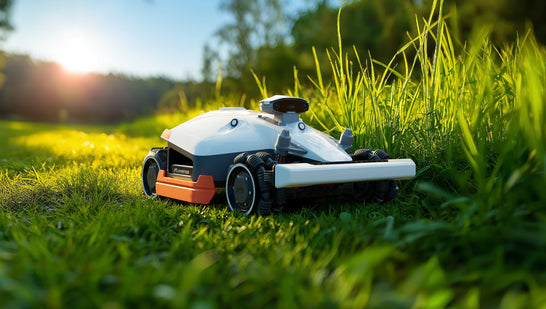
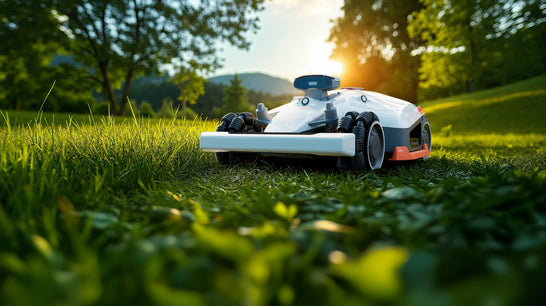
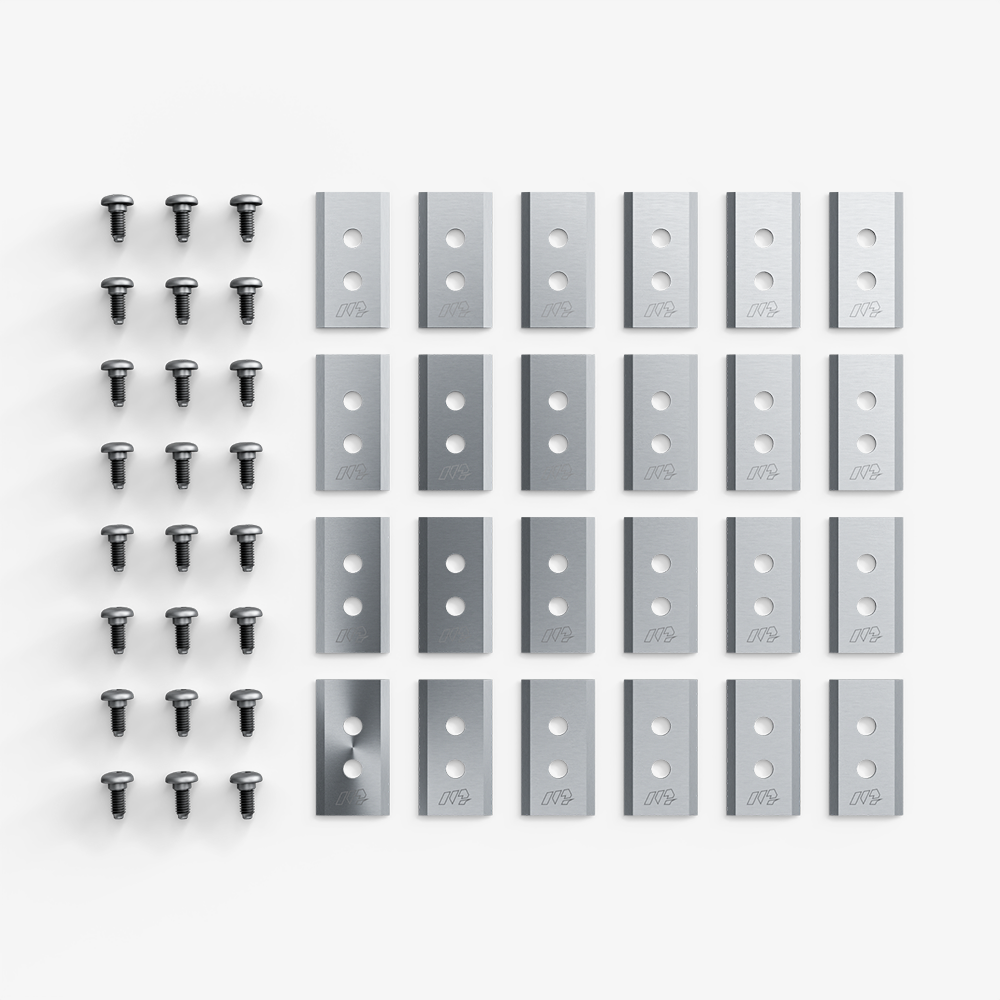
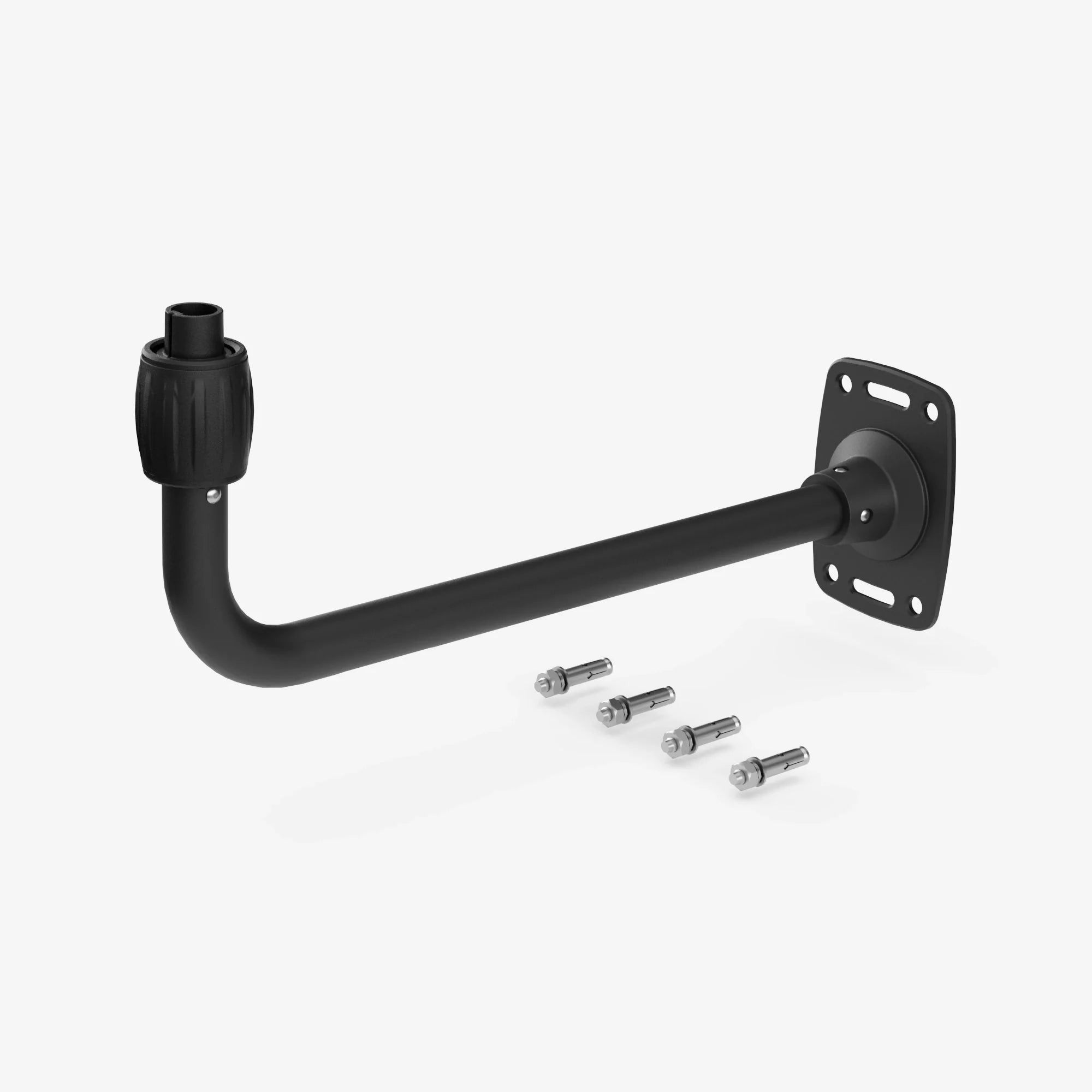
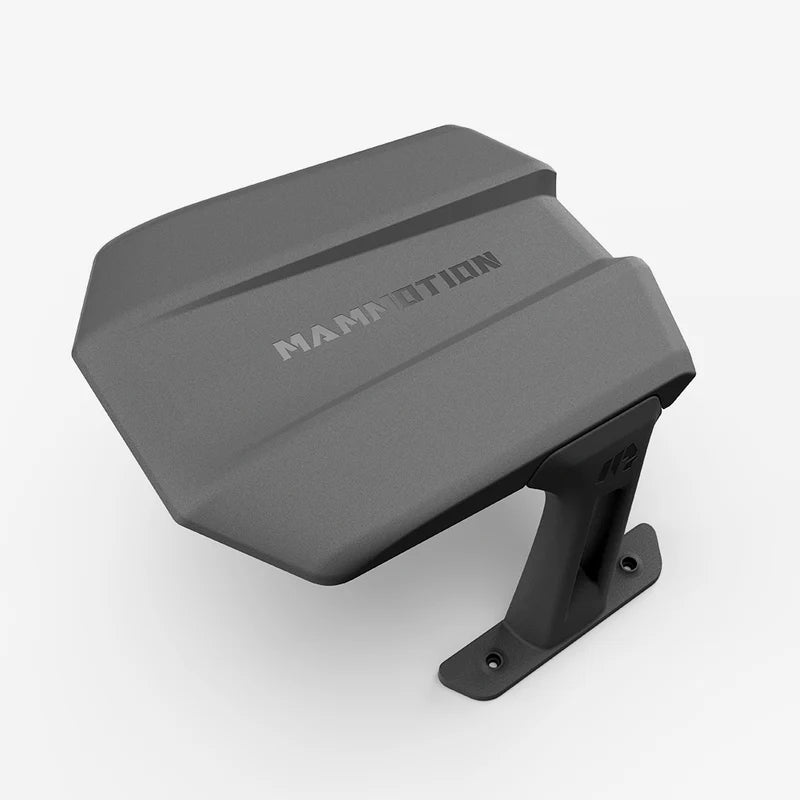
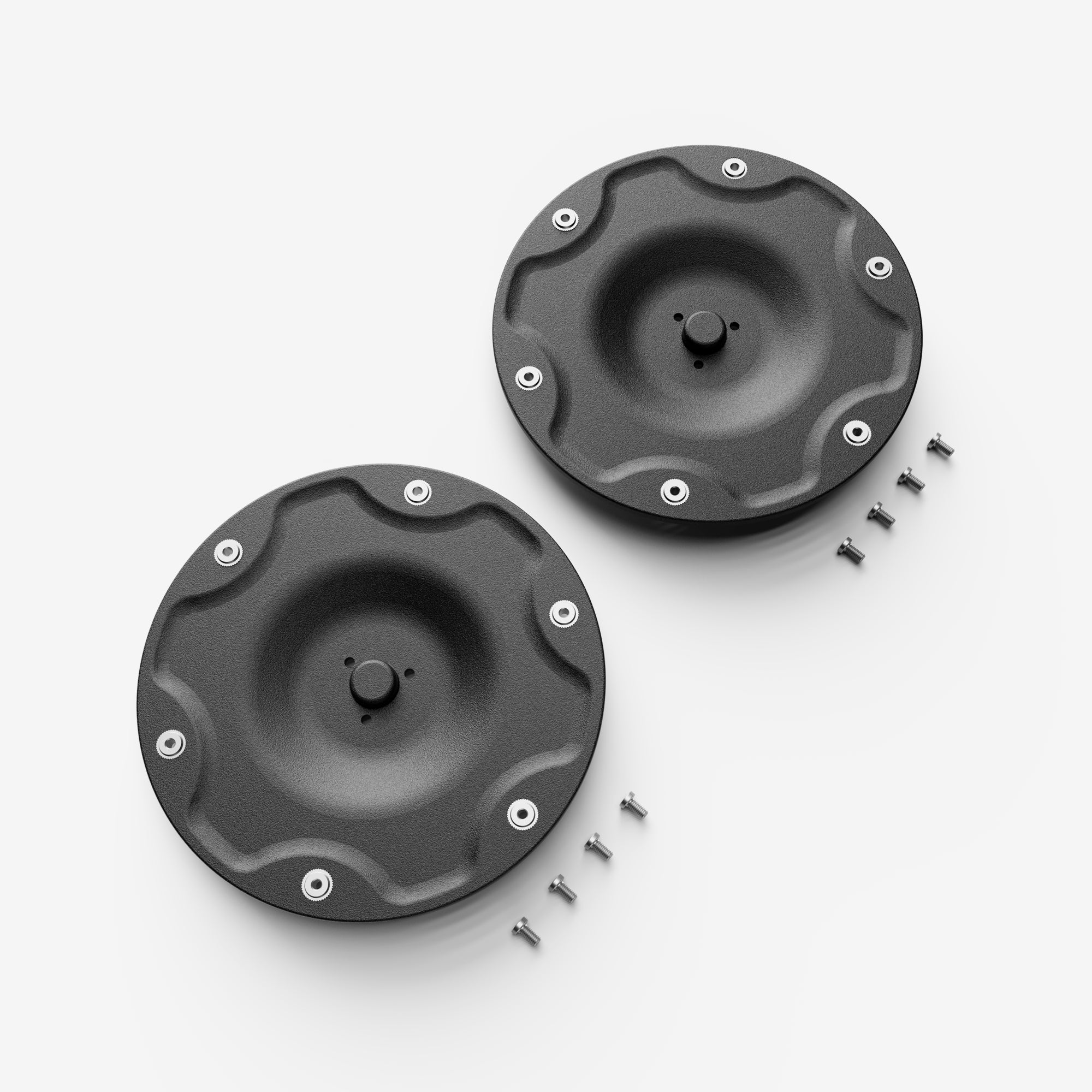

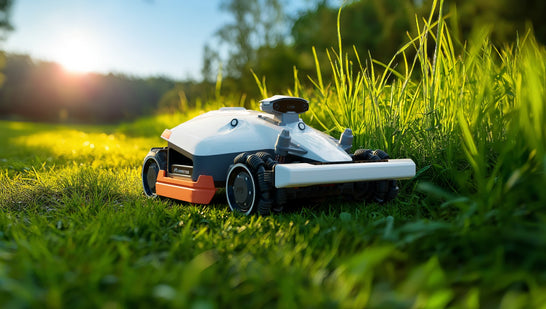
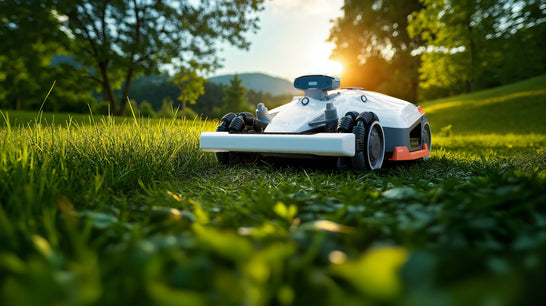
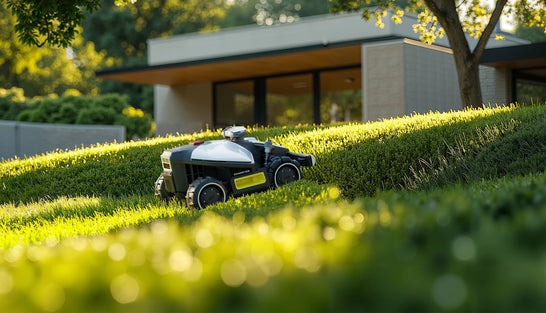
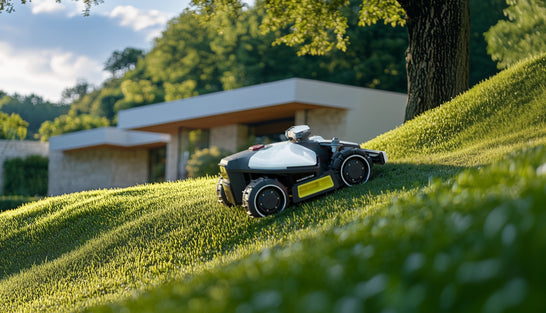
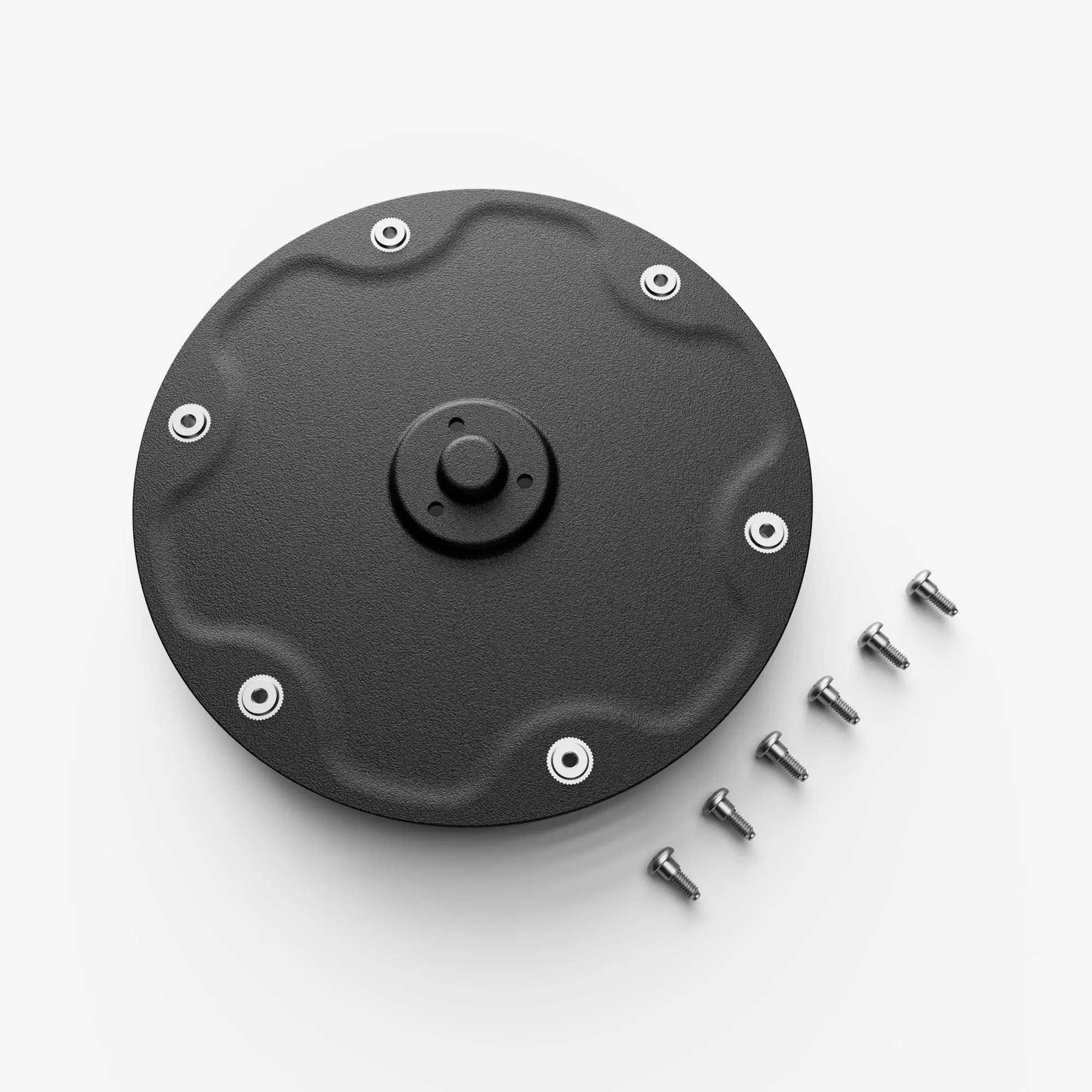
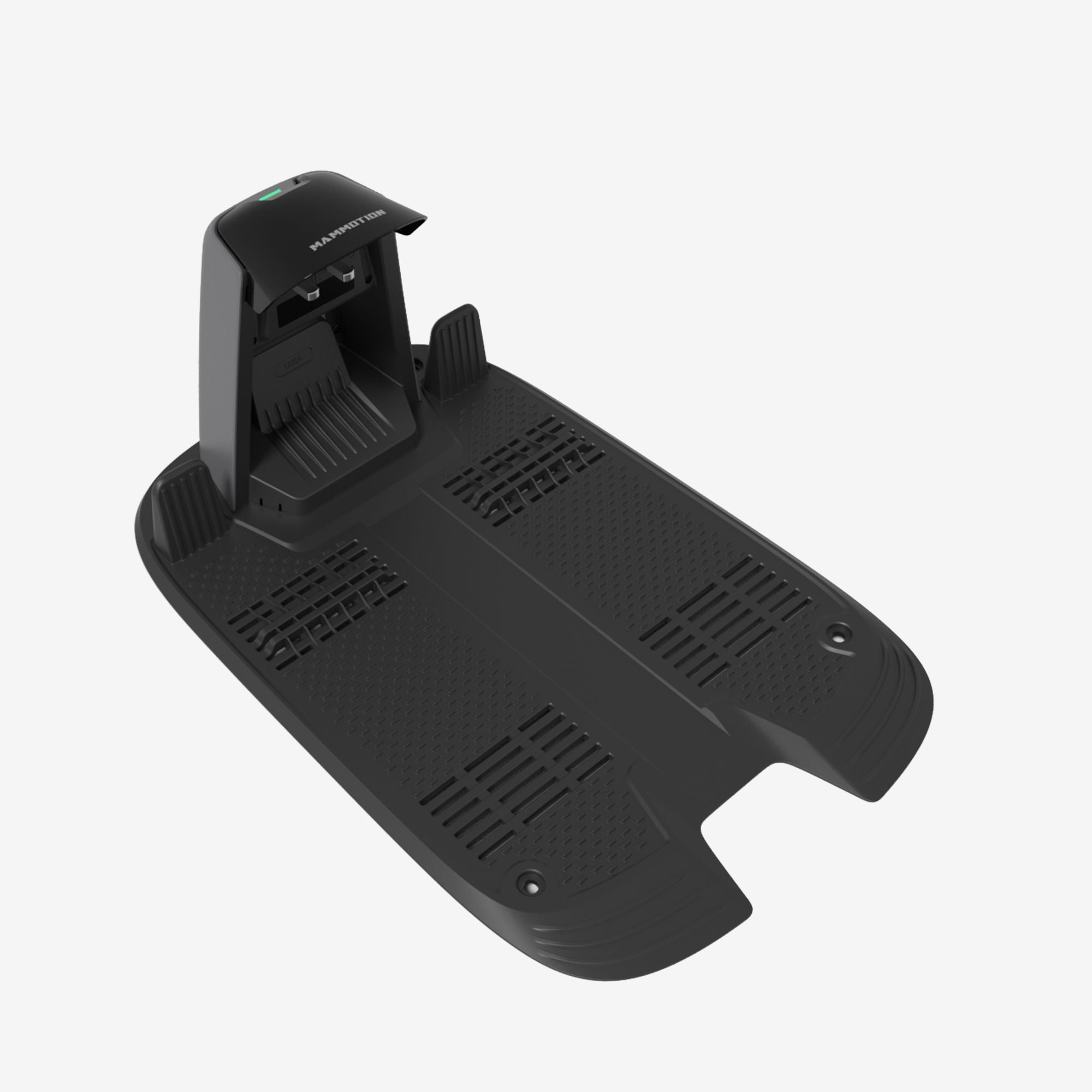
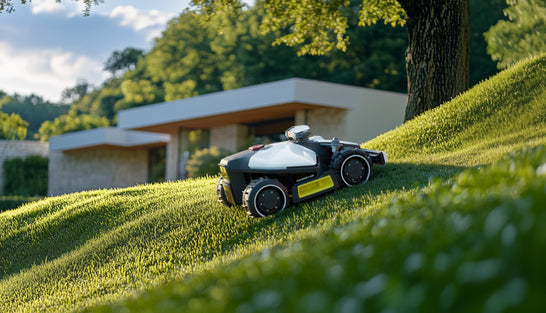
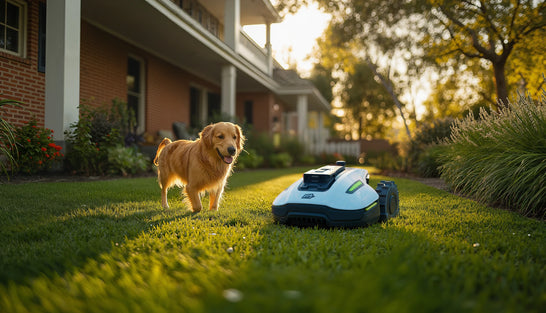

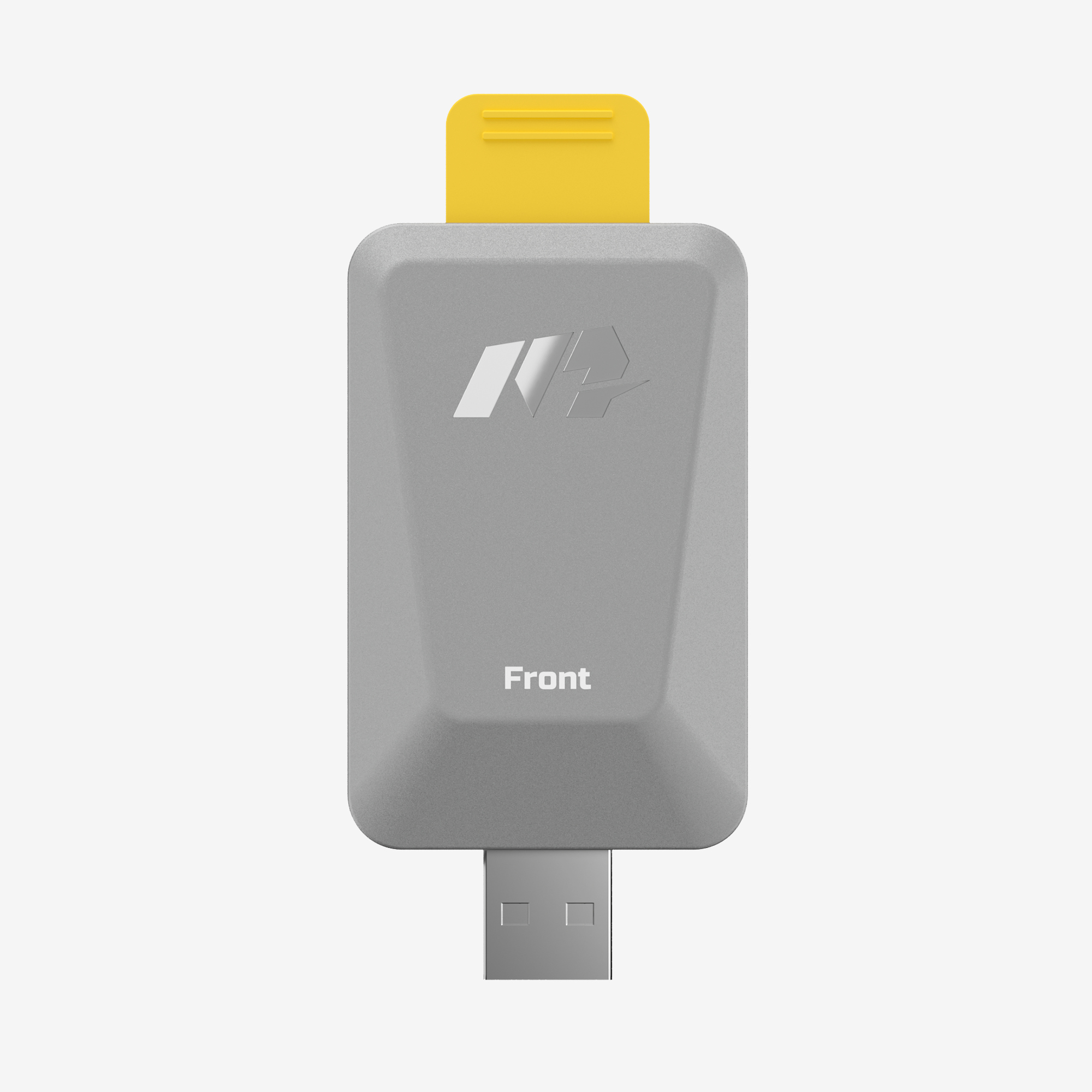
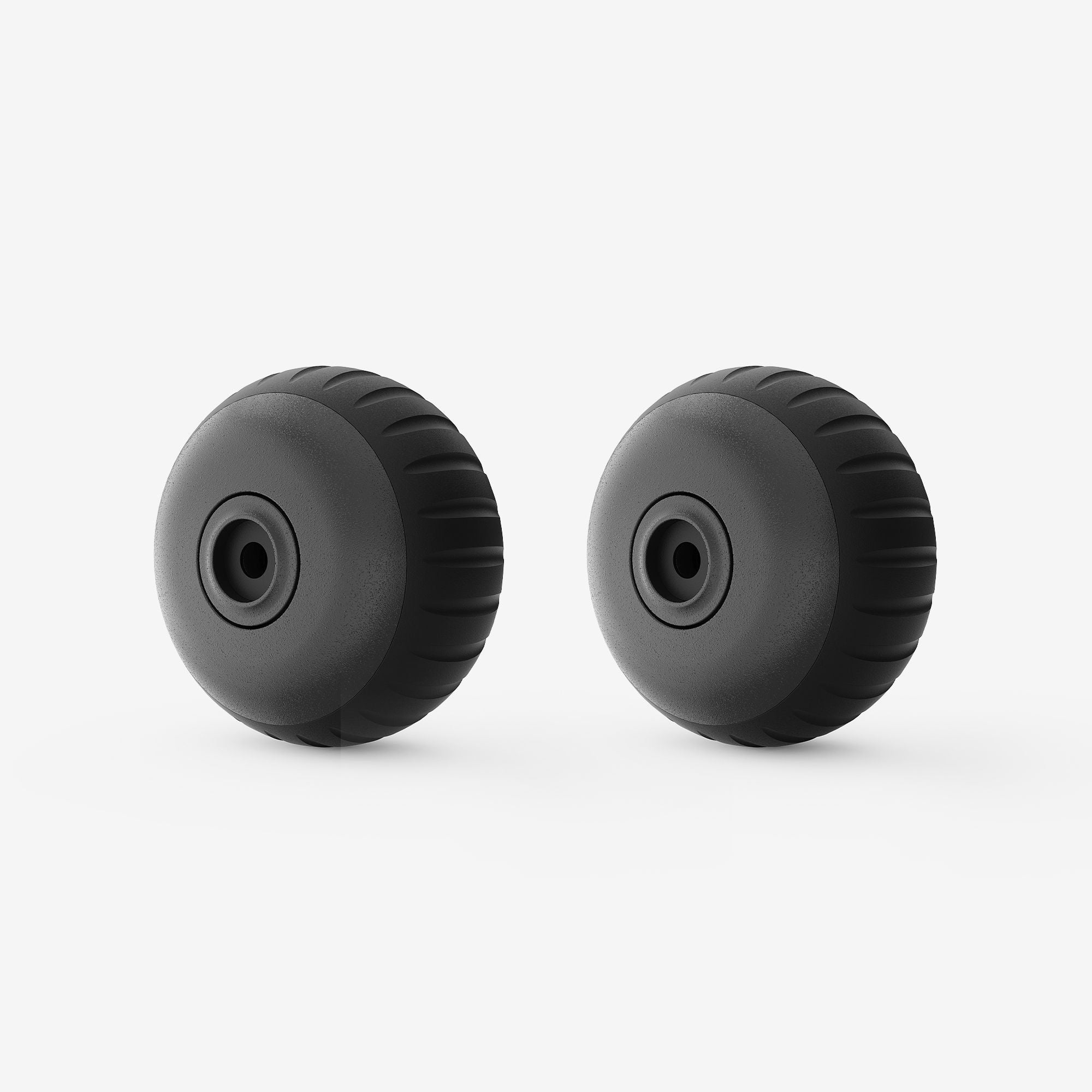
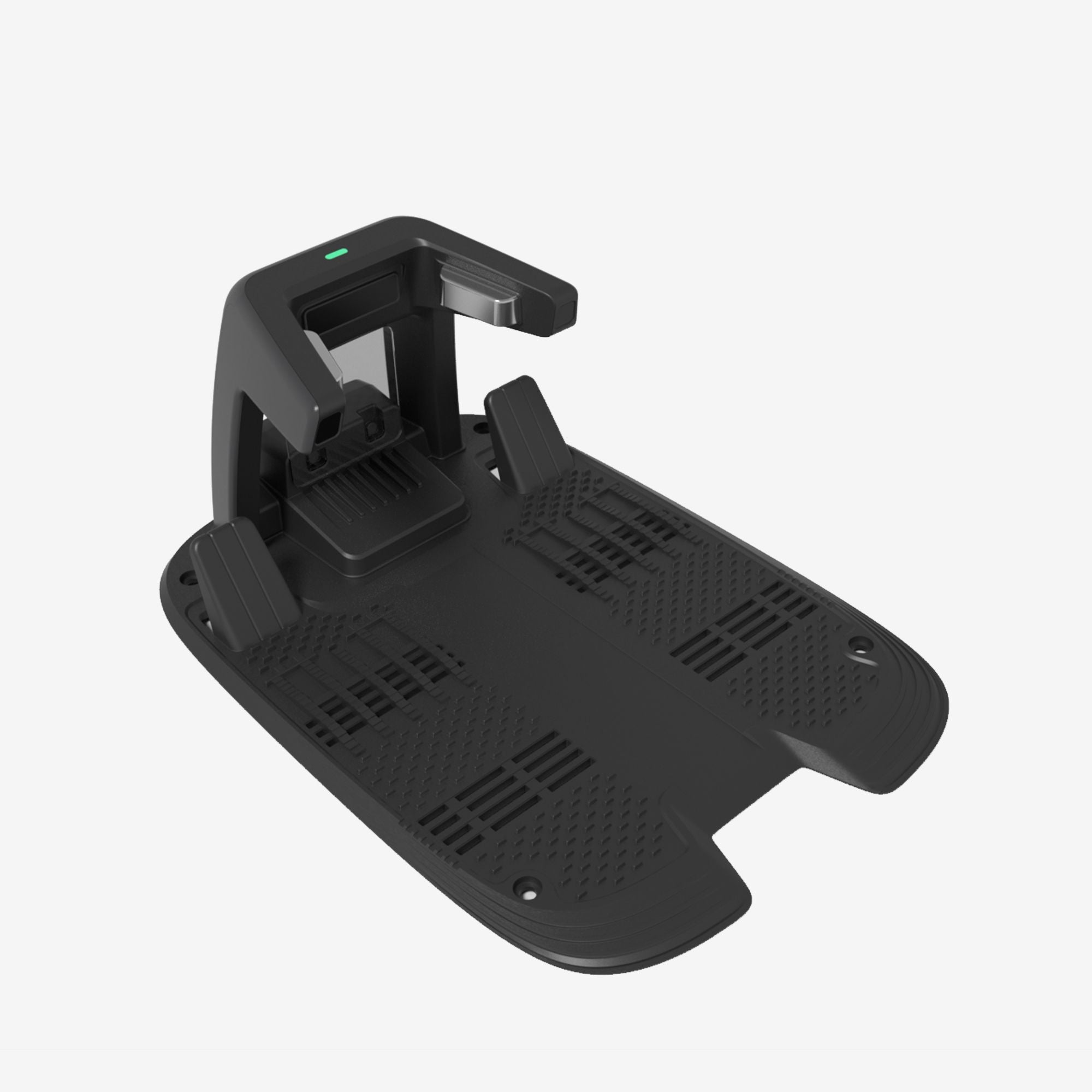

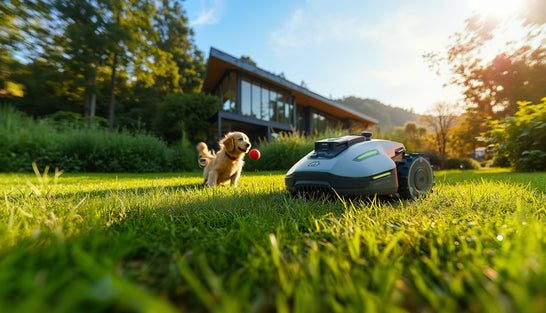
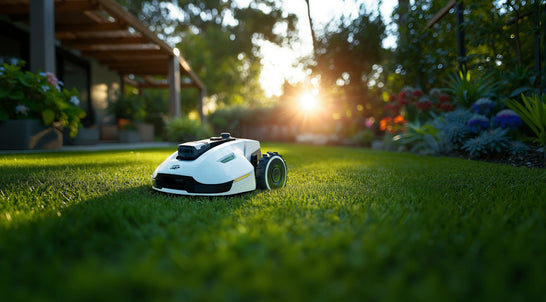
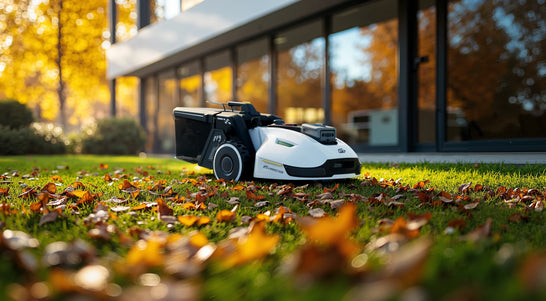
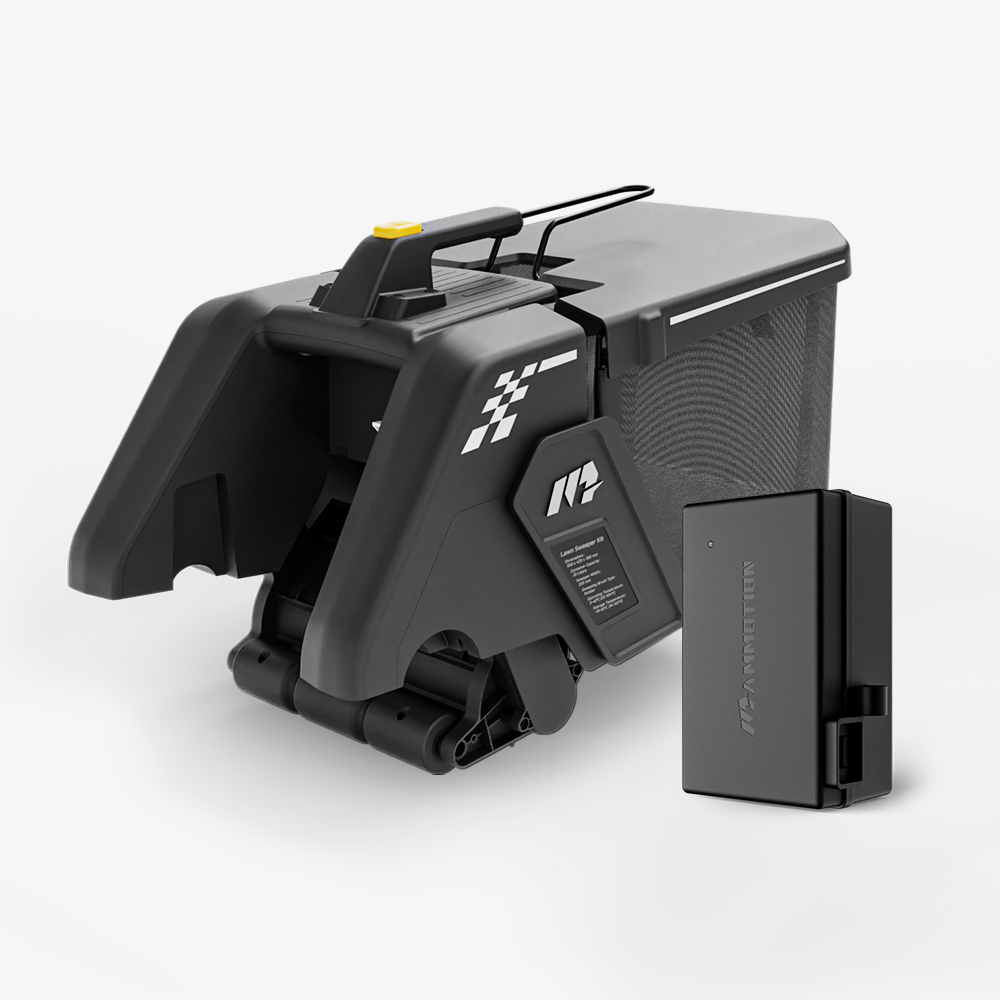
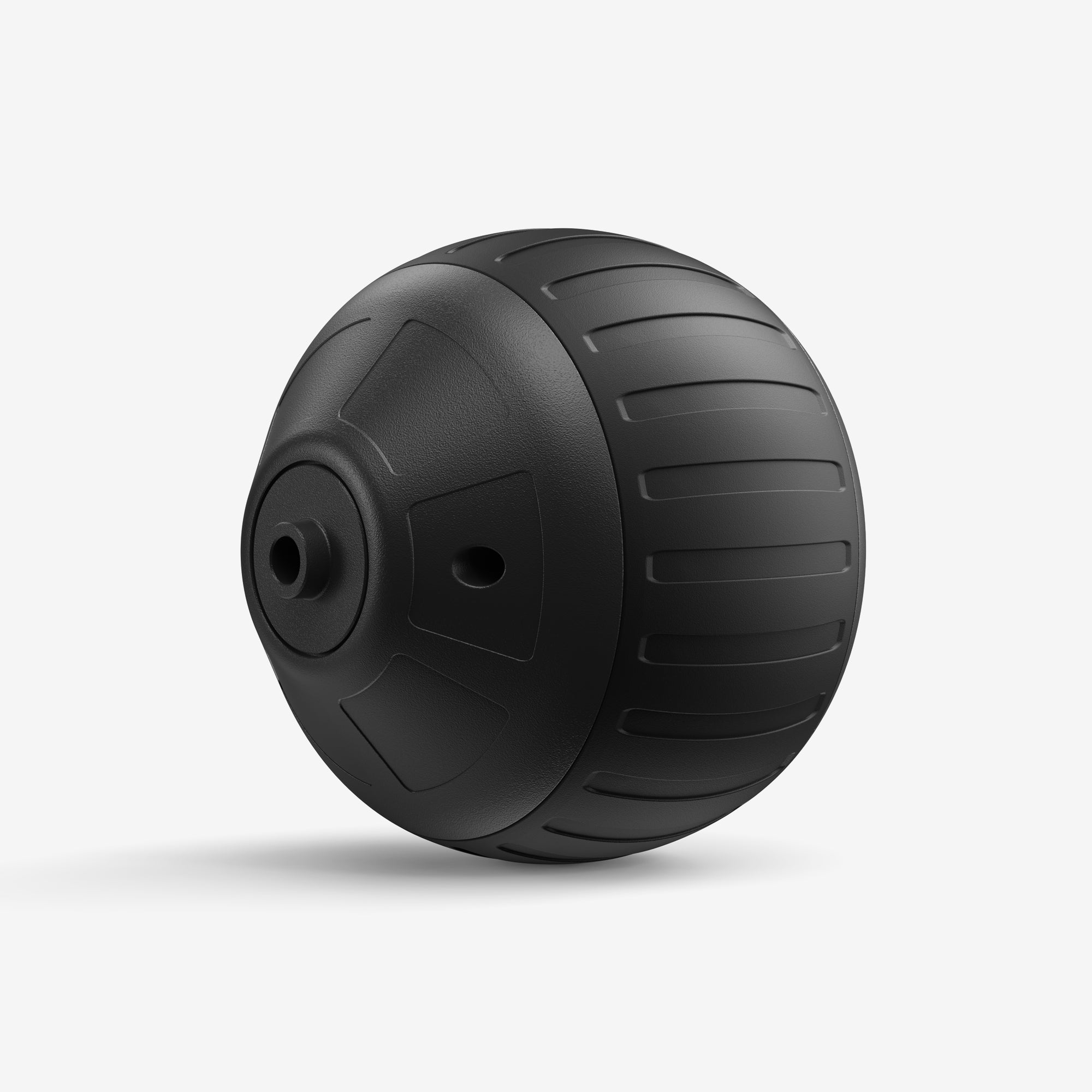
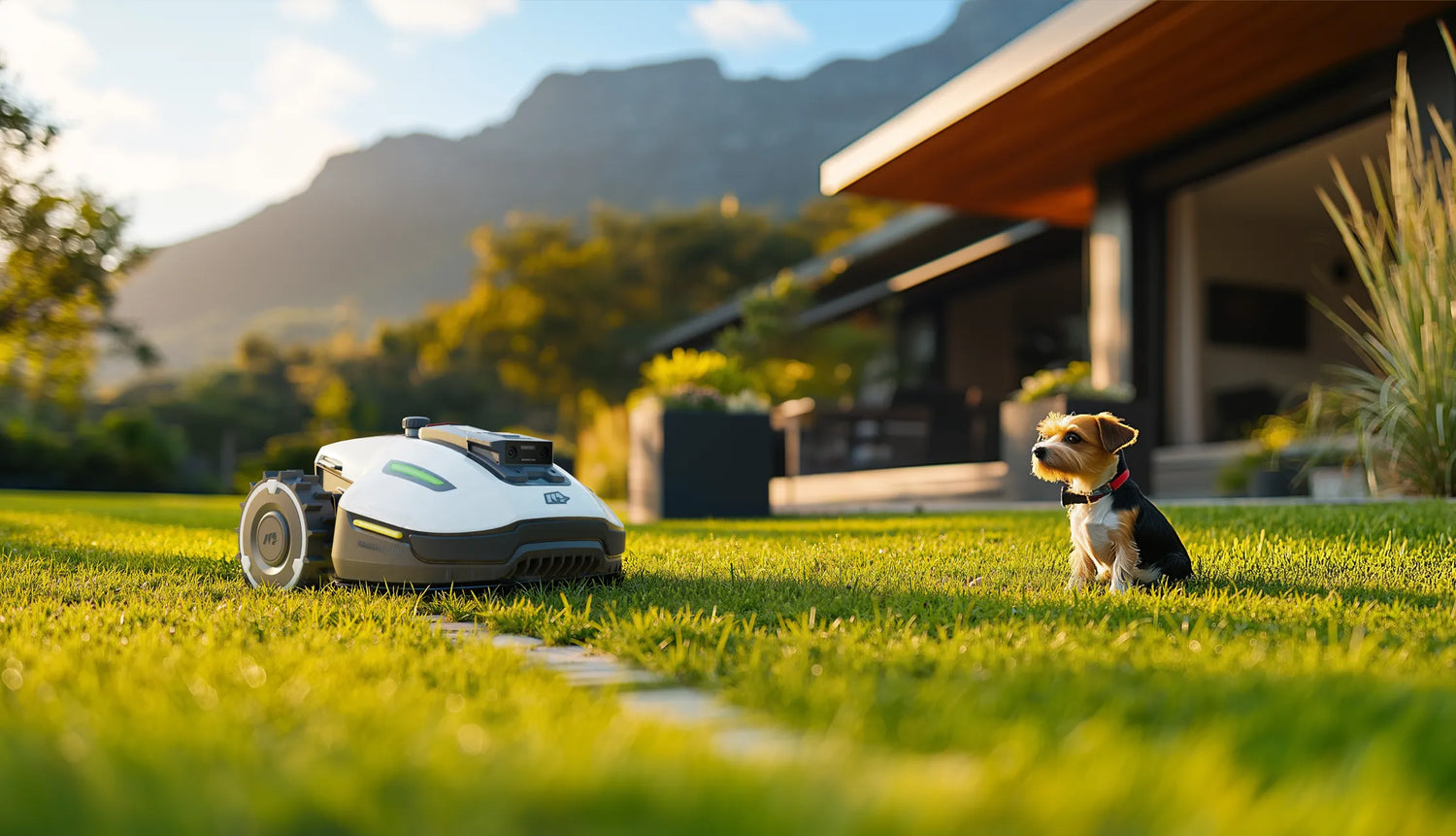

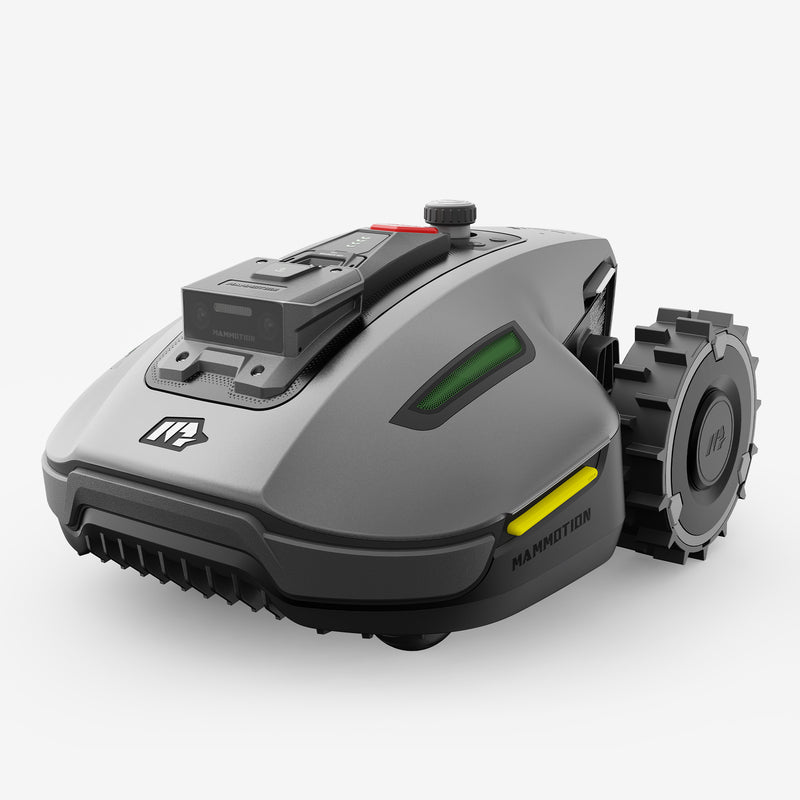
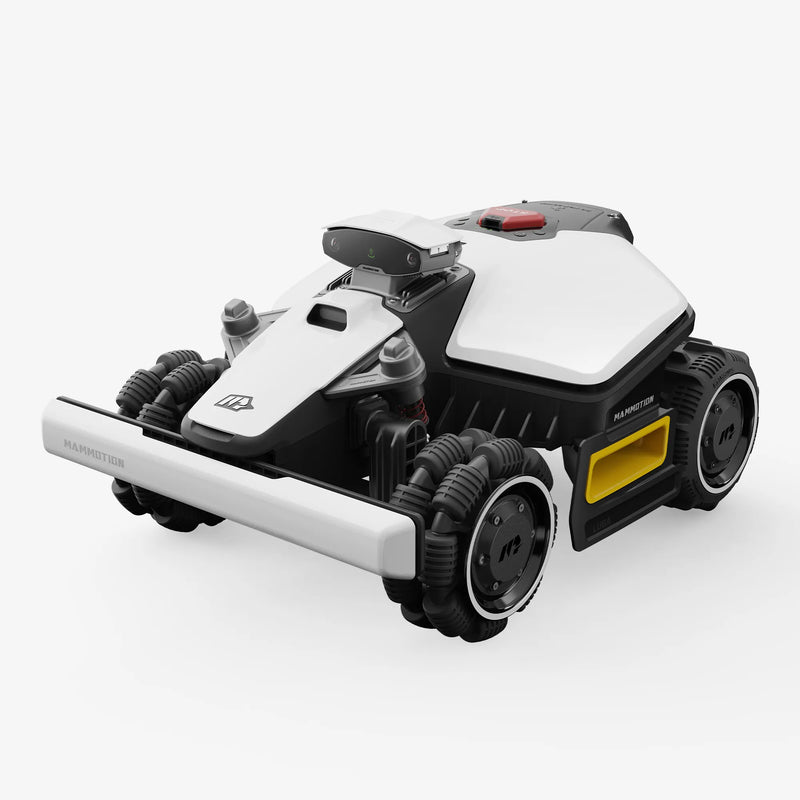


Leave a comment
This site is protected by hCaptcha and the hCaptcha Privacy Policy and Terms of Service apply.